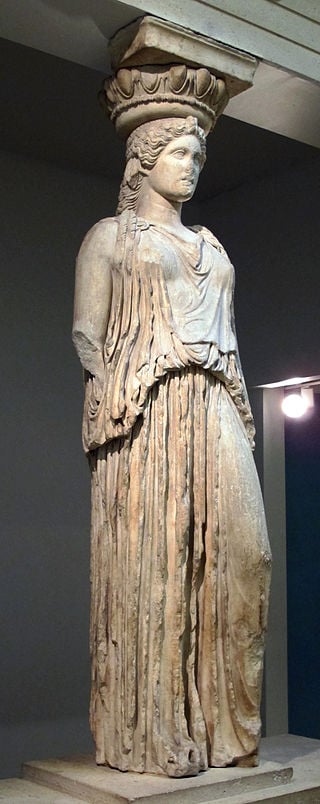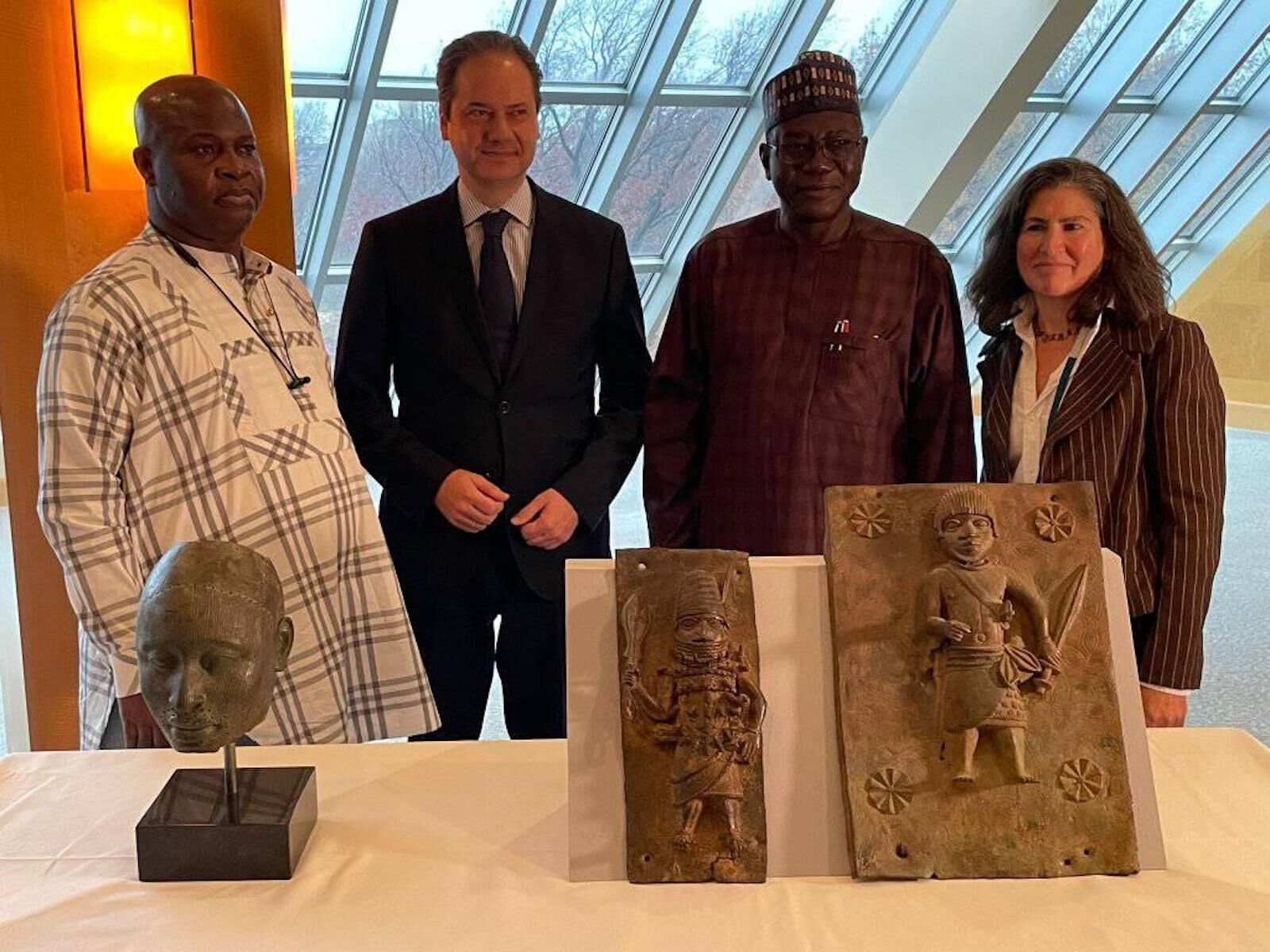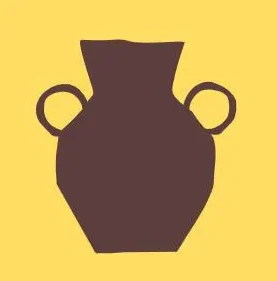Ethics in archaeology have constantly evolved as the field has matured and greater respect has been gained for indigenous and local cultures. While some resort to unethical means to earn profit and gain prestige, archaeologists seek knowledge, and do so respectfully and carefully.
Who Owns the Past?
The question of “who truly owns the past?” is a central debate in archaeology today. When an artifact is discovered, does it belong to the person who found it, the owner of the land, or the descendants of the people who created it? Ownership or an artifact determines who has the right to possess, sell, or display cultural objects. Ensuring proper treatment of artifacts is essential not only for preserving cultural heritage, but also for preventing illegal trade and honoring the rights and beliefs of source communities.
In the United States, it is illegal to remove artifacts from state or federal land, including simply collecting items found on the surface. The Native American Graves Protection and Repatriation Act (NAGPRA), passed in 1990, also requires federal agencies and museums to return human remains and sacred objects to affiliated Native American tribes. On private land, artifacts typically belong to the landowner, provided that no other laws, such as those protecting human remains or endangered species, are violated. Archaeologists must obtain written permission to excavate on private property. In many countries outside the U.S., such as China, Egypt, and Italy, all archaeological materials are considered state property, regardless of where they are found. This approach helps protect cultural heritage from commercial exploitation or loss of context.
Despite modern laws, ethical questions still arise, particularly over whether artifacts should belong to landowners or to their source communities. One of the most famous and contentious cases is that of the Parthenon Marbles, also known as the Elgin Marbles. These sculptures once decorated the Parthenon in Athens and remained there for over 2,000 years until the early 19th century, when British aristocrat Thomas Bruce, Earl of Elgin, removed them and transported them to England. He claimed this was done to preserve them from damage during the Ottoman occupation of Greece. In 1816, the Marbles were acquired by the British Museum, where they remain today. Since the 1980s, the Greek government has sought their return, arguing that Elgin lacked the legal authority to remove them and that their reunification with the remaining Parthenon sculptures in Athens would restore their historical and cultural context. British officials, meanwhile, contend that the acquisition was lawful and that the British Museum ensures their long-term preservation and public accessibility.


The story of the Parthenon Marbles illustrates how artifact ownership can be a deeply complex issue intertwined with colonial histories, cultural identity, and the ethical concerns of museums. Even with international guidelines and national laws in place, such cases reveal how ethical considerations often go beyond legality, raising ongoing questions about who has the right to interpret, preserve, and share the material remains of the past.
Looting and the Black Market
Looting defines the unauthorized excavation or removal of artifacts from archaeological sites, historic buildings, or cultural institutions. Looting can occur due to profit-based motived, economic desperation, weakened law enforcement, or lack of awareness regarding its damage. Beyond the actual stealing of the artifacts, looting can destroy important archaeological context. Archaeologists gain important information from the location of artifacts, soil layers, and small artifacts, which are often destroyed during the process of looting. Unlike in other disciplines, archaeological context is unique and irreplaceable, meaning the information held in these crucial context clues is lost forever once destroyed.

Often, these artifacts become black market goods due to growing demand for antiques. Looted artifacts are sold through a middleman to collectors, museums, or auctions houses who may be unaware of its illegal origins. The extent of the black market antique trade is shockingly large—according to the US House Committee on Financial Services, it is estimated that $1.2-$1.6 billion in global revenue is generated from the illicit trading of cultural property, and the full extent of the market is still unknown.
In recent years, steps to prevent looting and purchase from the illegal antiquities market have been taken. Careful tracking of the provenance of artifacts is one of the key steps in doing so, and UNESCO has been one of the primary contenders leading the fight against the illicit trade, raising global awareness about it and announcing the development of its Virtual Museum of Stolen Cultural Objects this year.
Repatriation and Indigenous Voices
One key aspect of ethics in modern archaeology is the act of repatriation, which refers to the process of returning human remains, sacred objects, or cultural artifacts to their communities of origin. In previous sections, we discussed how artifacts are not always acquired through legal or ethical means, and many were taken during periods of colonialism, warfare, or under unequal power dynamics. Repatriation serves as a critical step toward acknowledging and amending these historical injustices, allowing descendant communities to reclaim parts of their heritage and exercise sovereignty over their cultural legacy.

This process is especially significant in cases involving Indigenous communities, whose ancestors and sacred items were often excavated, displayed in museums, or stored in institutions without consent. Laws such as the Native American Graves Protection and Repatriation Act (NAGPRA), passed in the United States in 1990, have created formal pathways for Indigenous tribes to reclaim ancestral remains and culturally significant items from museums and federal agencies. Through this legislation, thousands of remains and artifacts have been returned to tribes for proper reburial and care. Despite increased collaboration between archaeologists and Indigenous communities to ensure excavations and research projects prioritize the voices, values, and traditions of those to whom the heritage belongs, efforts to repatriate artifacts are ongoing. Many well-known museums and institutions retain ownership of important cultural resources despite requests for repatriation from activists and their respective cultural communities. If you are interested in learning more or getting involved in repatriation efforts, below are some organizations dedicated to doing so: Museum of Us, Association for American Indian Affairs, Society for American Archaeology.
When Archaeologists Stop Digging
Sometimes, ethical archaeology also means knowing when to stop digging. Although rare, there are instances when archaeologists must exercise their better judgement to decide when to stop excavation. Because archaeology is a destructive practice, archaeology conducted improperly or without sufficient technological resources or expertise could end up damaging a site while also yielding very little information. In addition, artifacts could be extremely fragile and archaeologists might be unable to excavate without causing harm to artifacts beyond repair. In these cases, archaeologists will decide to cease excavation, leaving artifacts “preserved in situ”, or leaving the site untouched for future archaeologists who might be better equipped with more experienced, knowledgeable staff, greater financial resources, and more advanced technology that might yield better results.
In other cases, disagreements might arise with private landowners or the indigenous communities can halt excavation. Especially in the case of working with indigenous communities, if a community expresses concerns, whether about disturbing burial grounds, sacred landscapes, or cultural heritage—archaeologists are expected to listen and reassess their work if needed. Many institutions now require formal consultation with Indigenous or local communities before any excavation begins. Part of ethical archaeological practice means prioritizing cultural sensitivity over academic pursuit.
The Evolution and Future of Ethics in Archaeology
Early archaeology began as a field more akin to treasure hunting, where colonial powers often had little consideration regarding the means or excavation, origin, and cultural significance of cultural resources. However, ethics in the field have evolved to emphasize community collaboration and cultural respect, and a more mindful approach to excavation and public display has reflected that. In modern archaeology, professionals follow laws and ethical codes, like that of the Society for American Archaeology’s Principles of Archaeological Ethics and strive for a diverse, inclusive field that is able to embody various cultural perspectives.
Looking forward, the future of archaeological ethics lies in deeper collaboration, not just consultation. More archaeologists are working directly with local communities as equal partners, co-developing research questions, sharing decision-making power, and ensuring findings are accessible and respectful. Emerging technologies ,such as 3D scanning, virtual reality, and non-invasive survey methods, also offer new ways to study the past without disturbing physical sites. But even these tools come with ethical considerations, such as how digital data is stored, shared, and interpreted.
As archaeology continues to grow as a global and interdisciplinary field, its ethical responsibilities will remain central. Respecting the past means respecting the people who still carry its legacy today. Ethical archaeology ensures that the stories we uncover are not only accurate, but also told with dignity and inclusion.
Works Cited
-
Society for American Archaeology. (n.d.). Archaeology law & ethics. Retrieved August 5, 2025, from https://www.saa.org/about-archaeology/archaeology-law-ethics
-
Prott, L. V. (1984). Law and the cultural heritage (Vol. 1). Professional Books. Retrieved from https://archive.org/details/lawculturalherit0001prot
-
National Park Service. (2024). Native American Graves Protection and Repatriation Act (NAGPRA). U.S. Department of the Interior. Retrieved from https://www.nps.gov/subjects/nagpra/index.htm
-
King, T. F. (2008). Cultural resource laws and practice: An introductory guide (3rd ed.). AltaMira Press. Retrieved from https://books.google.com/books?id=xIcbG9KCrCMC
-
EBSCO. (n.d.). Elgin Marbles. EBSCO Research Starters: Anthropology. Retrieved August 5, 2025, from https://www.ebsco.com/research-starters/anthropology/elgin-marbles
-
Harvard University. (n.d.). The Parthenon Marbles. Whose Culture? Retrieved August 5, 2025, from https://whoseculture.hsites.harvard.edu/parthenon
-
Greek Reporter. (2024, September 20). Five Caryatids in Athens waiting for their sister. Retrieved from https://greekreporter.com/2024/09/20/five-caryatids-athens-waiting-sister/
-
U.S. House Committee on Financial Services. (2017, March). Subcommittee examines illicit activity in antiquities, art trade. Retrieved from https://financialservices.house.gov/news/documentsingle.aspx?DocumentID=403165
-
United Nations. (2024, December). UN promotes responsible cultural heritage preservation in education. UN News. Retrieved from https://news.un.org/en/story/2024/12/1157921
-
Jones, J. H. (2015, August 15). ‘Devastating’ looting hits Native American archaeological sites. Los Angeles Times. Retrieved from https://www.latimes.com/local/california/la-me-0816-sd-archaelogy-20150816-story.html

